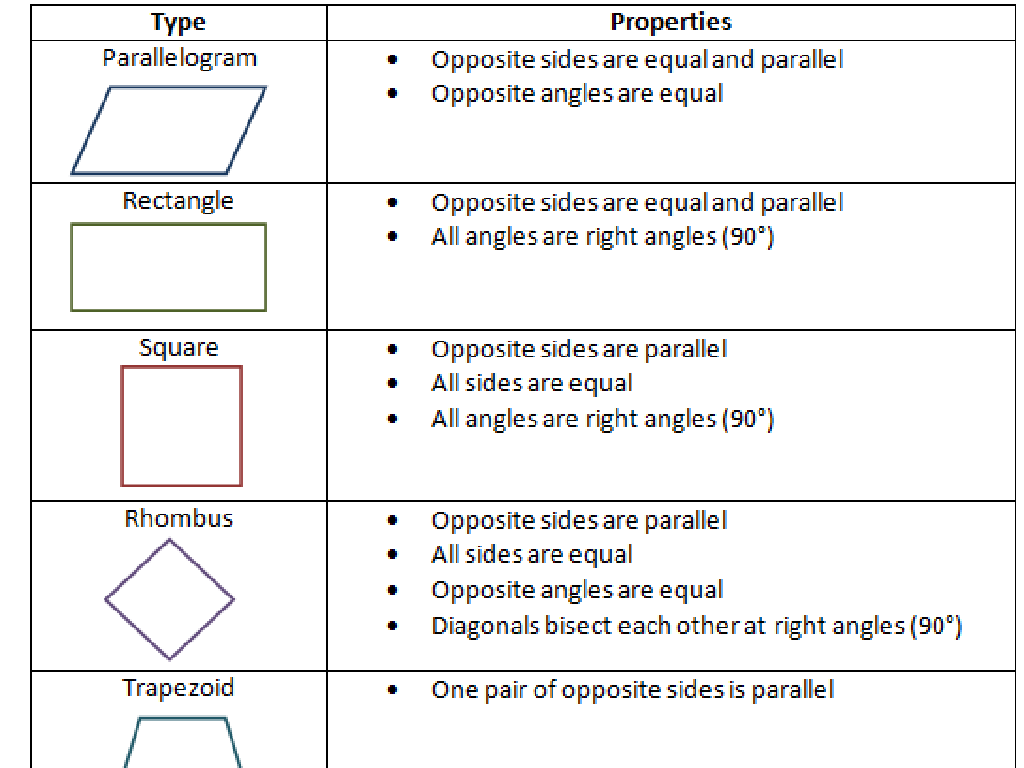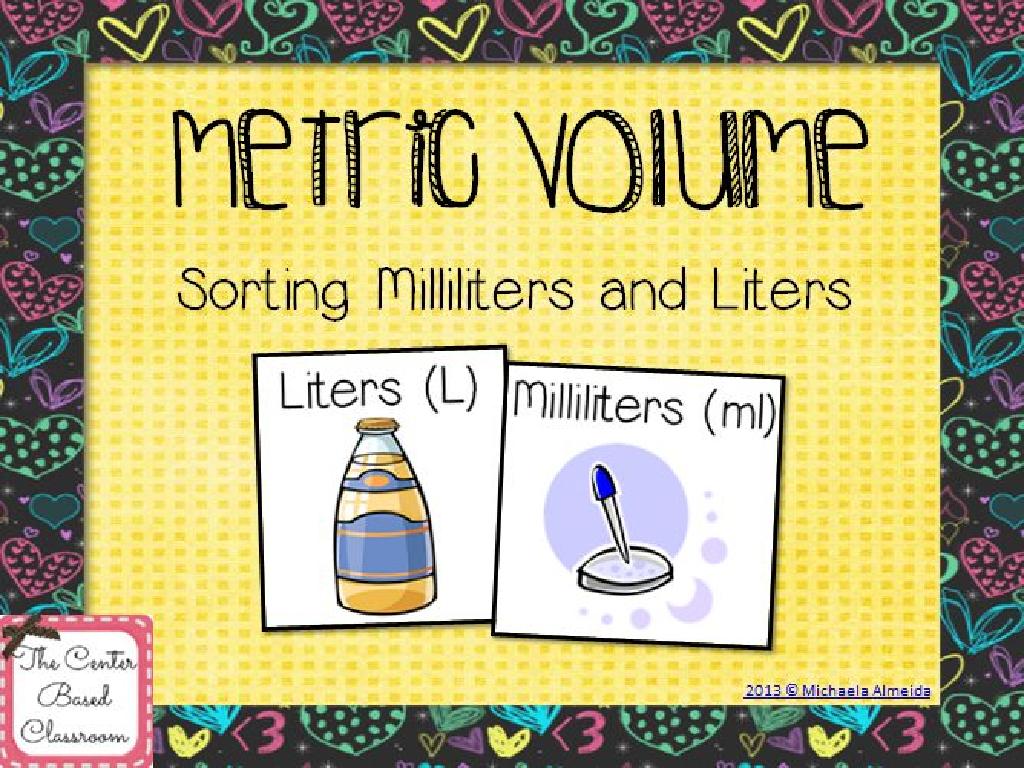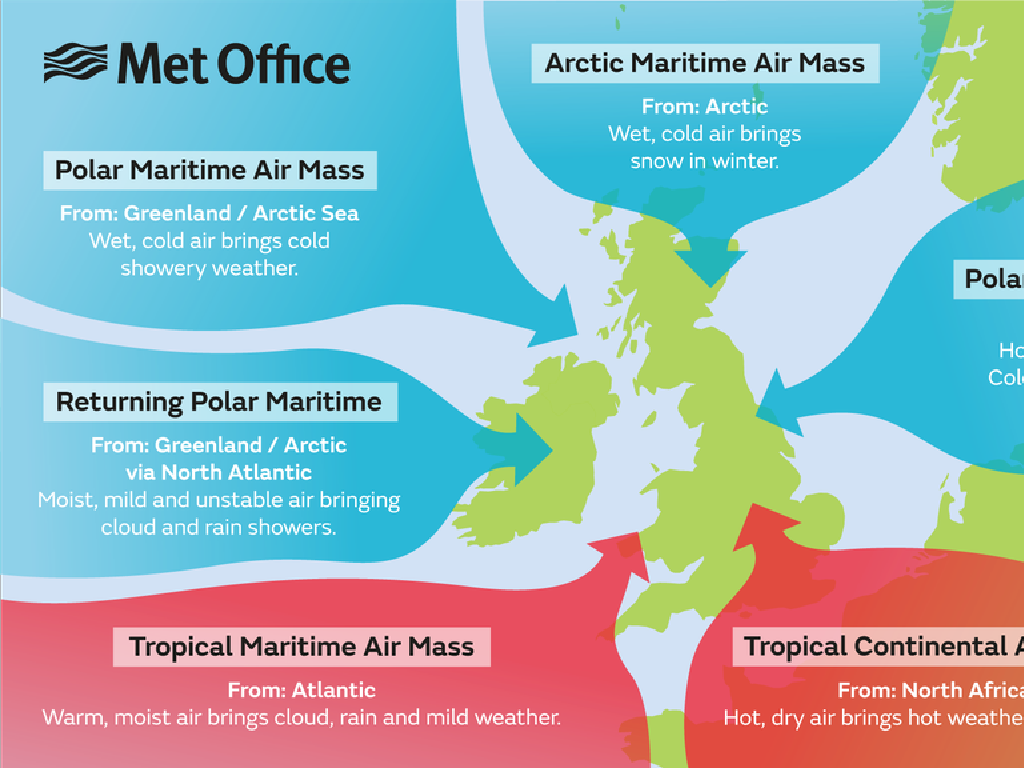Capitalizing Titles
Subject: Language arts
Grade: Seventh grade
Topic: Capitalization
Please LOG IN to download the presentation. Access is available to registered users only.
View More Content
Capitalizing Titles in Language Arts
– Understanding title capitalization
– Importance of proper capitalization
– It makes text professional and shows respect for the work.
– Reviewing capitalization basics
– Capitalization is using uppercase for specific words.
– Activity: Practice with titles
– Find titles and capitalize them correctly as an exercise.
|
This slide introduces the concept of capitalizing titles, emphasizing its importance in written communication. Proper capitalization in titles is crucial as it not only adheres to grammatical standards but also gives the text a professional appearance and shows respect for the subject of the work. Begin with a quick review of what capitalization is, highlighting that it’s the use of uppercase letters to begin words under specific conditions. Engage the students with an activity where they practice capitalizing titles, which will help reinforce the rules they’ve learned. Provide examples of titles from books, articles, and movies, and ask students to identify and correct the capitalization. This will prepare them for the detailed rules that govern title capitalization, which will be covered in subsequent slides.
Capitalizing Titles in Literature and Media
– Understanding what titles are
– Titles are distinctive names given to written and artistic pieces.
– Titles as names of creative works
– They represent books, films, songs, paintings, and more.
– Examples of titles across media
– ‘To Kill a Mockingbird’, ‘Star Wars’, ‘Thriller’, ‘The New York Times’
– Capitalization rules for titles
|
This slide introduces students to the concept of titles in various forms of media and art. It’s important to explain that a title is a unique name given to a creative work, which can be a book, movie, song, or article. Provide clear examples of well-known titles and discuss how they are capitalized to stand out as specific, named works. Emphasize the importance of capitalizing the first and last words of a title, as well as all major words in between. This lesson will help students recognize and properly format titles in their writing, adhering to standard capitalization rules.
Capitalizing Titles: Basic Rules
– Capitalize first & last words
– Capitalize all major words
– Words like ‘Adventure’, ‘Kingdom’, and ‘History’ are major words.
– Avoid capitalizing short prepositions
– Prepositions like ‘in’, ‘on’, ‘at’, ‘over’ are usually not capitalized.
– Don’t capitalize articles or conjunctions
– Articles ‘a’, ‘an’, ‘the’ and conjunctions ‘and’, ‘but’, ‘for’ stay lowercase.
|
This slide introduces students to the basic rules of capitalizing titles in English. Emphasize the importance of always capitalizing the first and last words of titles, regardless of their parts of speech. Explain that major words, including nouns, verbs, adjectives, and adverbs, should be capitalized. However, students should not capitalize short prepositions (with fewer than five letters), articles, or conjunctions unless they are the first or last words in the title. Provide examples of titles that apply these rules and encourage students to practice by writing their own titles or correcting given ones. This will help them understand the concept better and apply it in their writing.
Capitalizing Titles: Do’s and Don’ts
– Correct title capitalization
– ‘The Catcher in the Rye’ – capitalize first, last, and important words
– Incorrect title capitalization
– ‘The catcher In The Rye’ – avoid random capitalization
– Practice correcting titles
– Let’s work together to fix title mistakes
– Understanding rules
– Learn why certain words are capitalized in titles
|
This slide aims to teach students the correct way to capitalize titles in English. Start by showing the correct capitalization of a well-known book title, ‘The Catcher in the Rye’, emphasizing that the first, last, and key words within the title are capitalized. Contrast this with a common mistake, such as ‘The catcher In The Rye’, where capitalization is inconsistent. Engage the class in an interactive activity where they correct titles with capitalization errors. This will help them apply the rules and understand the rationale behind capitalizing certain words in titles. The activity will also reinforce their learning and help them remember the rules for future writing assignments.
Capitalizing Titles: Exceptions to the Rule
– Capitalize words against normal rules
– Brand names & proper nouns in titles
– Even within titles, brand names like ‘Apple’ or proper nouns ‘Africa’ are capitalized.
– Interactive activity: Spot exceptions
– We’ll play a game to identify when to capitalize unusually.
– Understanding when to break rules
|
This slide focuses on the exceptions to the general rules of capitalization in titles. Students should understand that while there are guidelines for capitalizing titles, certain words are always capitalized regardless of their position or function in the title. This includes brand names and proper nouns. The interactive activity will involve students identifying these exceptions in various titles. It’s a fun way to reinforce the concept and ensure they can recognize when to apply the standard rules and when to capitalize based on the exception. Provide examples like ‘Harry Potter and the Philosopher’s Stone’ where ‘Harry Potter’ is always capitalized as it is a proper noun. Encourage students to think critically about why certain words are exceptions and to apply these rules in their writing.
Practice Makes Perfect: Capitalizing Titles
– Individual Practice: Capitalize titles
– Pair Work: Review partner’s titles
– Exchange papers with a classmate and check their work
– Group Discussion: Share and discuss
– Discuss as a class the different titles and their correct capitalization
– Reflect on capitalization rules
– Think about why certain words are capitalized and others are not
|
This slide is designed to facilitate active learning through practice and peer interaction. Students will first work individually to apply capitalization rules to a list of titles. Then, they will pair up to review each other’s work, providing an opportunity for peer teaching and learning. Following the pair work, the class will come together for a group discussion to share their answers, allowing for collaborative learning and clarification of any misunderstandings. The teacher should circulate during the activities to offer guidance and support. To conclude, students should reflect on the capitalization rules to reinforce their understanding. Possible activities include capitalizing book titles, movie titles, or song titles. The teacher should prepare a worksheet with titles for the individual practice and provide a clear explanation of the capitalization rules beforehand.
Class Activity: Crafting Capitalized Titles
– Write a book or movie title
– Apply capitalization rules
– Capitalize first & last words, nouns, pronouns, adjectives, verbs, adverbs
– Present your title to the class
– Reflect on the capitalization choices
– Why did you capitalize those words?
|
This activity is designed to reinforce the rules of capitalization in titles through a creative exercise. Students will create their own book or movie titles, applying the capitalization rules they’ve learned. Remind them to capitalize the first and last words of the title, as well as all nouns, pronouns, adjectives, verbs, and adverbs. Articles, conjunctions, and prepositions should be lowercase unless they are the first or last words. After writing their titles, students will present them to the class, explaining their capitalization choices. This will help them articulate their understanding and learn from each other’s examples. Possible variations of the activity could include working in pairs, creating titles for imaginary sequels, or drawing posters for their titles.
Recap and Upcoming Quiz
– Review today’s key points
– Homework: Correct 3 titles
– Find titles around you and write them with proper capitalization
– Study for capitalization quiz
– Review the rules we learned to prepare for the quiz
– Practice makes perfect!
– The more you practice, the better you’ll remember the rules
|
This slide is meant to summarize the key points from today’s lesson on capitalizing titles and to set expectations for homework and the upcoming quiz. For homework, students should find three titles in their environment books, articles, movie titles and rewrite them using the capitalization rules they’ve learned. Encourage them to look for tricky words and to apply the rules consistently. Remind students that the next class will include a quiz on capitalization rules, so they should study their notes and practice with additional examples. Emphasize the importance of practice in mastering the rules of capitalization.






